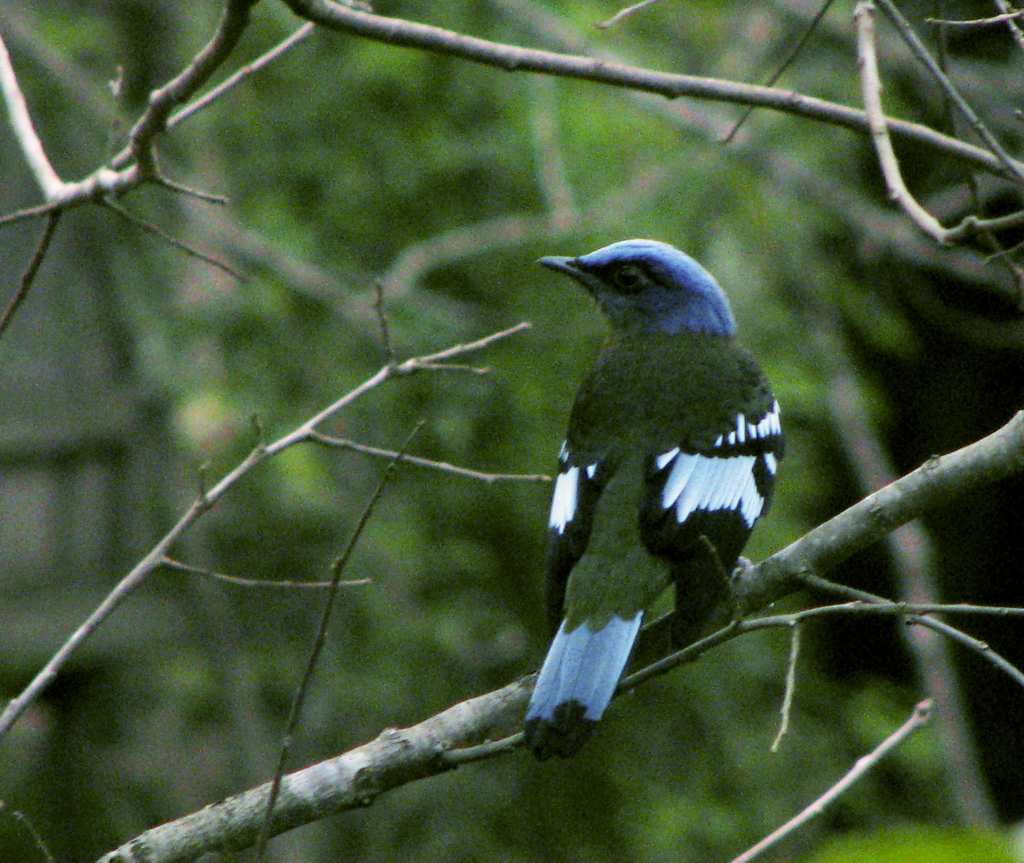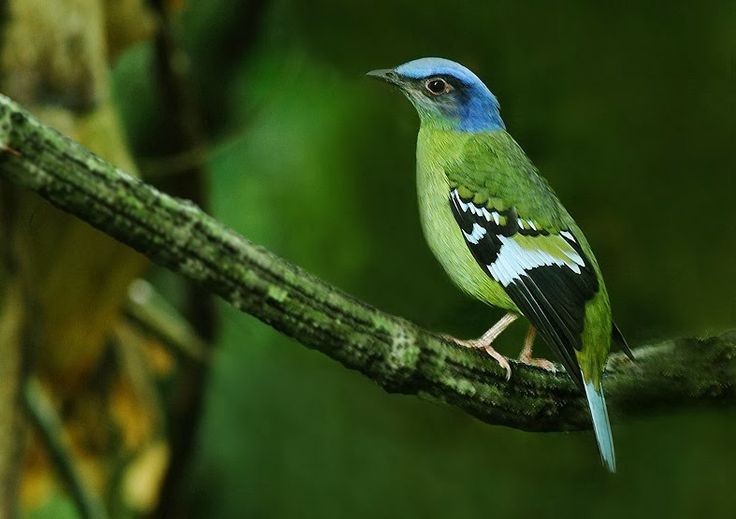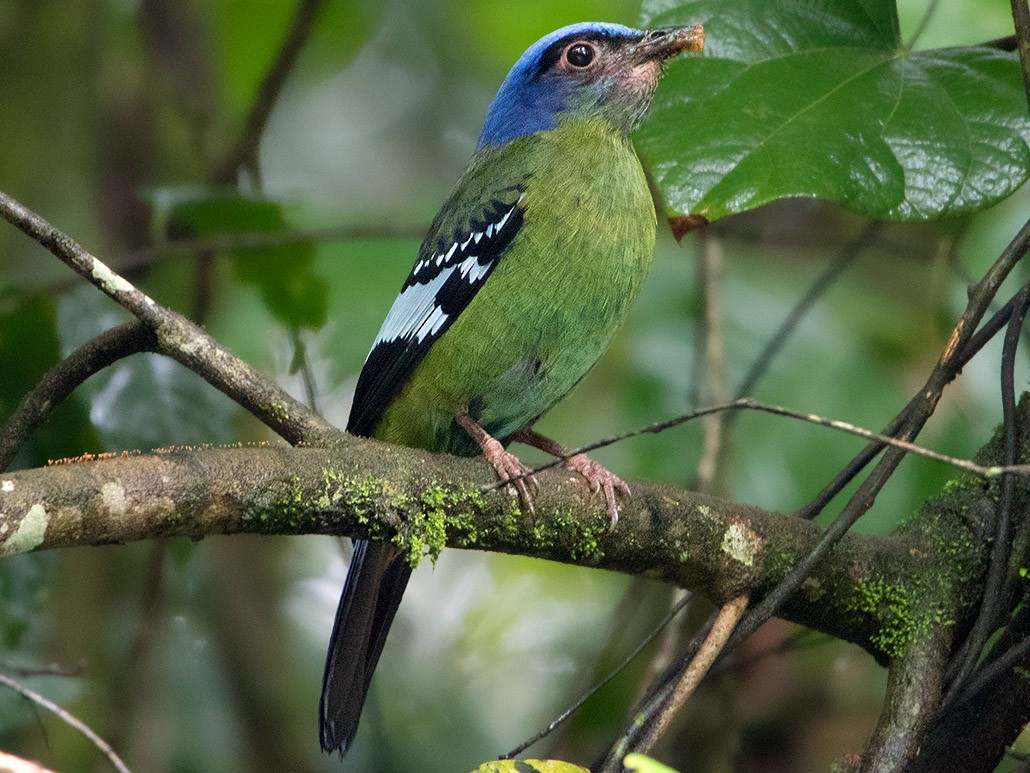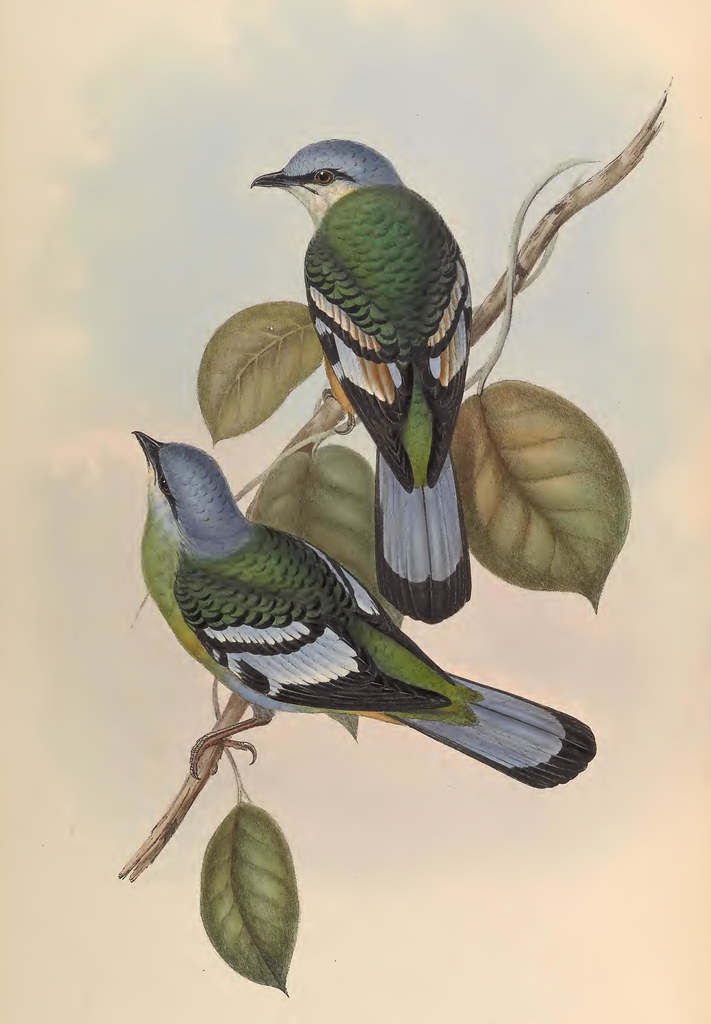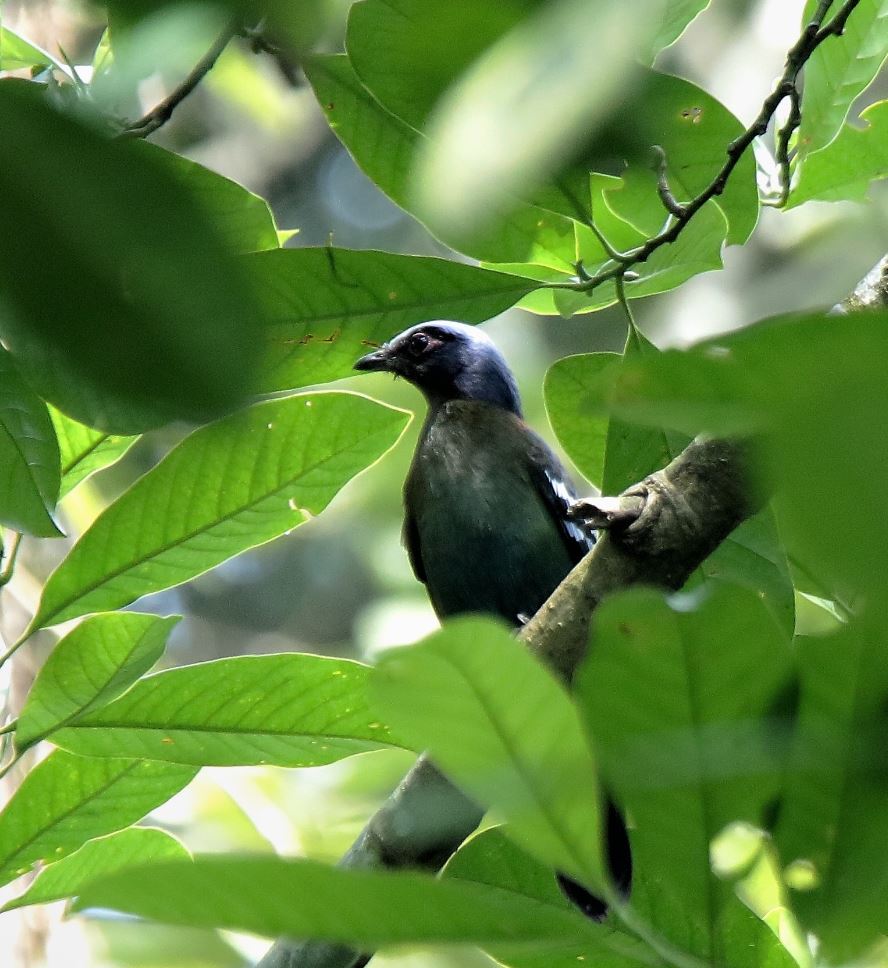Amidst the vast hill forests, where shadows dance through dense ravines, gullies wind their way, and streams meander, there exists an elusive and enchanting creature—the Green Cochoa. This remarkably rare bird, adorned in exquisite colors, graces the Himalayan landscape, captivating the fortunate souls who cross its path.“Cochoa viridis 2” by Umeshsrinivasan is licensed under CC BY-SA 3.0.
In contrast, females have a more greenish body with occasional rusty spots on the wing coverts. The secondaries and tertiaries feature yellowish-brown bases on the outer webs with very narrow blue edging in females, a distinction from the males.
Some plumage variations may include a white collar on the sides of the neck. First-year birds exhibit dark shaft streaks on their body feathers.
Distribution and Habitat:
The green cochoa can be found in Cambodia, China, India, Laos, Myanmar, Nepal, Thailand, Vietnam, and possibly Bhutan.
Its natural habitats include subtropical or tropical moist lowland forests and subtropical or tropical moist montane forests. Seasonal movements of this species are not well understood. Their presence in India during winter remains uncertain as they are primarily found in the summer. Records suggest that the westernmost sighting occurred in Uttaranchal (Nainital), with no recent sightings in Nepal. Most observations are east of northwest Bengal.
“File:Cochoa viridis.jpg” by Umeshsrinivasan is licensed under CC BY-SA 3.0.
Behavior and Ecology:
Green cochoas are typically observed in pairs or small groups perched in tall trees. They prefer to feed close to the ground, consuming mollusks, insects, and berries. Occasionally, they engage in aerial sallies to capture insects.
“2 01 Green Cochoa” by thecmn is marked with Public Domain Mark 1.0.
Breeding occurs in the summer, and their nests closely resemble those of the purple cochoa, often situated near water. Both parents share incubation duties. Their song is a thin, clear “feeeee” that fades away, and their calls include a short, high-pitched “pok” and harsh notes. Their glossy eggs are ellipsoidal and densely speckled.
Watch this bird next:

Exceptional photography not only showcases the stunning visuals of these Indian Trogons but also serves as a poignant reminder of the critical need to preserve their natural habitats. Let’s cherish and protect these avian wonders, ensuring that future generations can also revel in their splendor in the wild.
